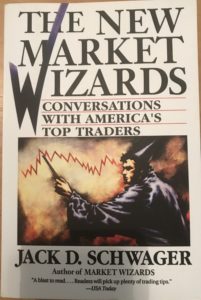Remembering Westworld

The HBO creators describe the show Westworld as “… a dark odyssey about the dawn of artificial consciousness and the evolution of sin. Set at the intersection of the near future and the reimagined past, it explores a world in which every human appetite, no matter how noble or depraved, can be indulged.” Hmm. Clearly, I need to get out more.
Each week’s story focuses on a growing self-awareness within the show’s robotic “hosts” and how their “artificial consciousness” drive some of them to slowly deviate from their scripted loops into independent exploration. The experience in the WestWorld park for the human guests is dynamic and exciting enough that many are unaware of the growing imperative of their hosts….which creates the perfect recipe for delicious tension and fear.
Each day, as the robotic hosts are damaged or killed within their prescribed storylines, they are brought back to the lab, physically rebuilt, mental and emotional pathways erased and reset, and put back into service in the park, year after year. The show’s writers cleverly leverage the use of memory fragments or flashbacks to enable select hosts to slowly begin to realize that there might just be more to their lives than their current script.
As viewers, we learn the backstories and nuances of the hosts’ personalities through these fleeting memory-based story lines – showing the host in their originally developed story lines as well as in currently adapted story lines, suddenly flashing us back and then returning to present several times in one episode. Vox entertainment reviewer Todd VanDerWerff writes “ … [the show’s] clever use of mixed, interlocking timelines, which nicely replicated how a Host could become effectively unmoored in time, trapped in their memories and reliving moments from their past, it was able to cover over three decades of the park’s history, all the better to underline how terrible existence was for the Hosts.” I don’t think it’s a spoiler to say that we all were rooting for the hosts to kick some human ass at the end of Season One.
But for one robotic host, Dolores, the frequent transition from present to some flickering memory and back again creates for her a human-like dissonance and a confusing and terrifying feeling of being “unmoored” in her growing sentience. Many times she asks others in the scene if they are real, if she has gone mad. Even emboldened, she is clearly adrift in unfamiliar territory.
Perhaps these HBO writers are just the good students of every exceptional, haunted, broken, lost, bold, scared writer of our past. Perhaps this experience of being “unmoored” from what we perceive as “reality,” this perceived madness, is in fact a primary way for us to develop a more sophisticated sense of self awareness.
Perhaps it is through a growing sense of discordance with the anchors of normative reality, challenging the linear nature of traditional learning, thinking of growth, like in WestWorld, not as a climb up a self-actualized pyramid, but as a circuitous, mad journey towards the center of a hidden, obscured maze, that begins to finally create in some of us a sense of real consciousness.
If only we are brave enough to remember.
“..the only people for me are the mad ones, the ones who are mad to live, mad to talk, mad to be saved, desirous of everything at the same time, the ones who never yawn or say a commonplace thing, but burn, burn, burn like fabulous yellow roman candles exploding like spiders across the stars…” – Jack Kerouac
by Jack D. Schwager



